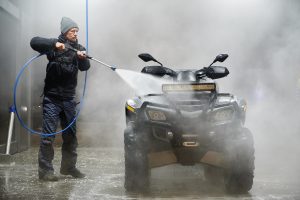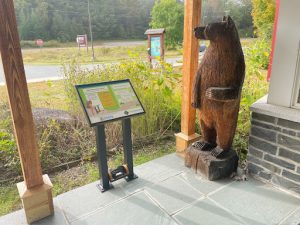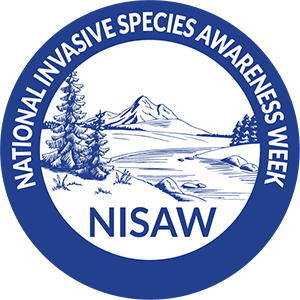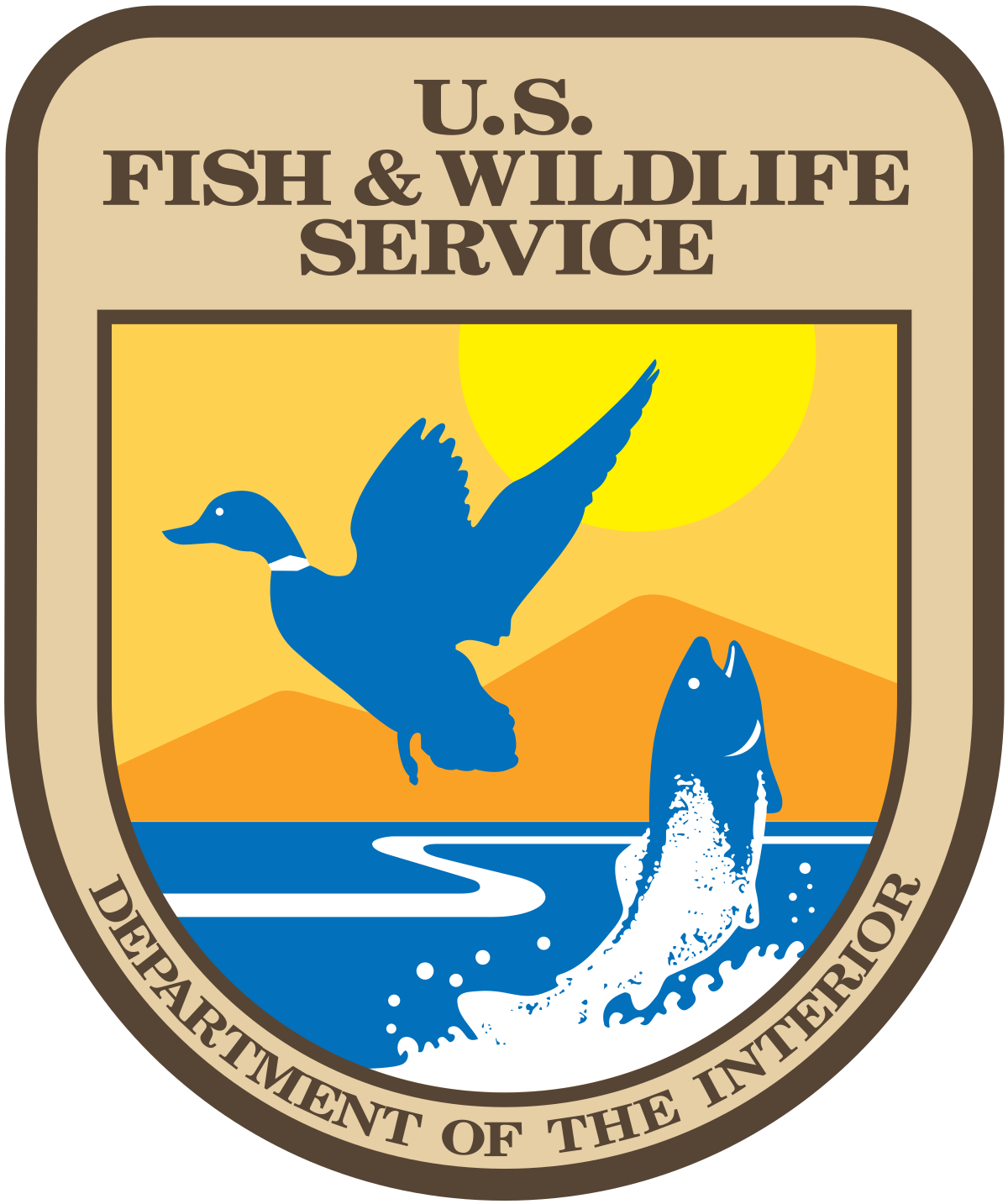Invasive species are primarily spread by human activities, often unintentionally. Thanks to peoples’ love of travel, we have brought some plants and critters to new parts of the world.
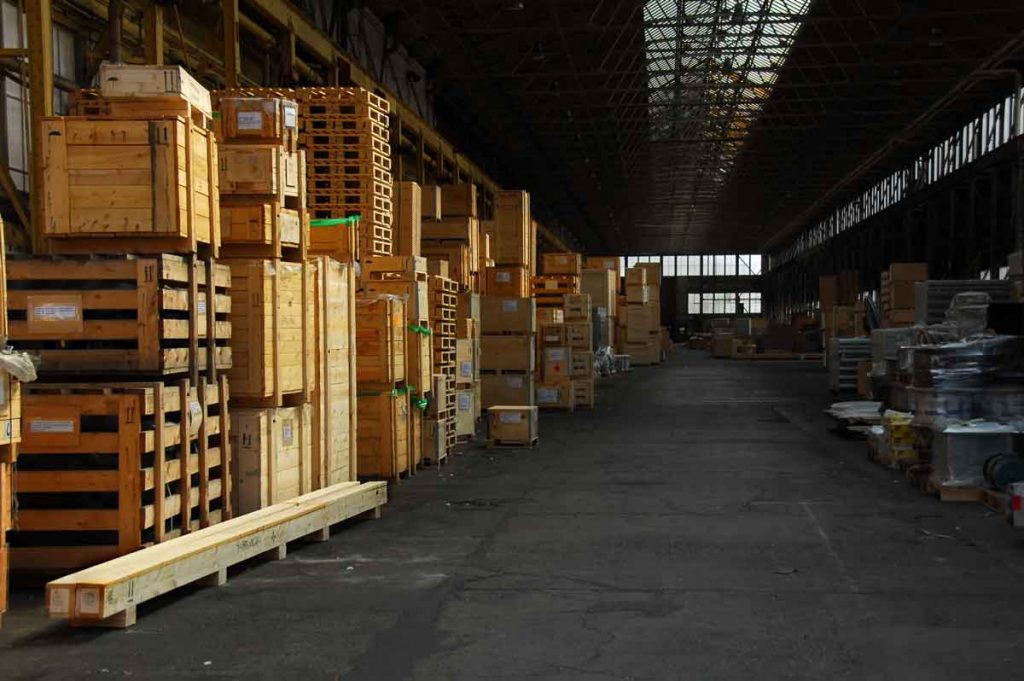
Seeds hitchhike on the bottom of our shoes. Plants and aquatic animals are left in the ballasts of boats or on boating gear. Insects can get into wood, shipping palettes, and crates that are shipped around the world. Some ornamental plants can escape into the wild and become invasive.
Some pet owners intentionally or accidentally release pets that become invasive species. For example, Burmese pythons are becoming a big problem in the Everglades. And they probably didn’t get there by plane.
When we put our shoes back on and paddles back in the water in a new area, the checks and balances that keep these species under control (like native predators) are not there. So these organisms grow and out-compete other species in their new habitat to the point where many natives can’t survive.
How does PlayCleanGo work to prevent invasive species?
“If you’ve got a whole bunch of people across a wide area, and they’re working to stop that spread, small individual actions add up in a big way” – Ken Donnelly, Beyond Attitude Consulting
Written by Hannah Bowers
Former Communications & Program Manager, North America Invasive Species Management Association (NAISMA) & PlayCleanGo
images from Adobe Stock


